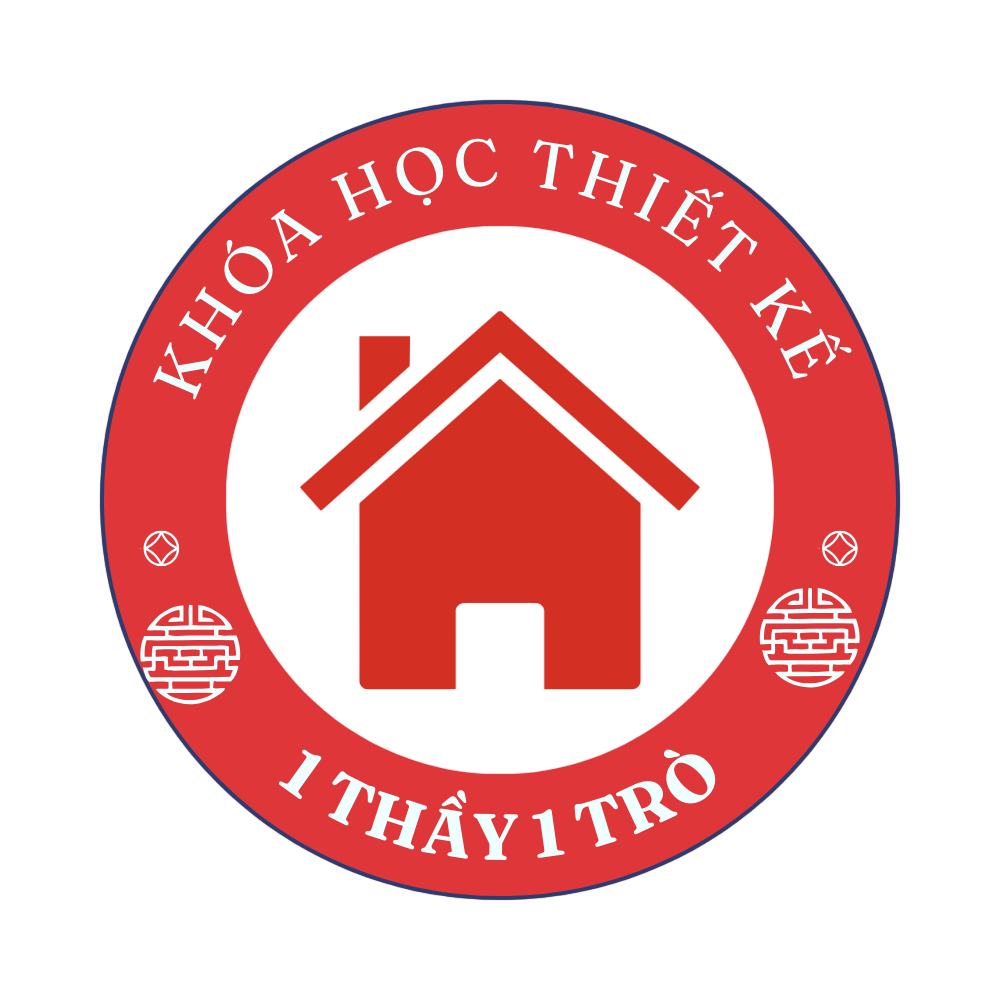Two-wheeled American identity symbolizes a paradoxical fusion of individualism and collective identity, originating from post-war societal shifts. Evolving from wartime machinery to cultural icons, steel horses transformed into mechanical expressions of autonomy, bearing simultaneously rebellious ethos and mainstream commercial appeal[5][10][17].
## Origins and Early Development https://usabikers.net/
### Post-War Origins
American rider ethos took shape following the psychological aftermath of global warfare. Military personnel familiar with the brotherhood of combat craved new fraternal organizations, resulting in early rider groups including the Boozefighters and Pissed Off Bastards of Bloomington[5][13][17]. The dominant motorcycle manufacturers, having proven their worth, shifted from war machines to cultural symbols, cultivating brand loyalty that persists today[5][11].
A defining moment in biker history propelled rider culture into public discourse, as a massive gathering overwhelmed a rural municipality, culminating with what newspapers sensationalized as anarchy. This controversy solidified the outlaw biker stereotype in popular imagination, despite most participants being organized racing enthusiasts[10][13][17].
## Major Motorcycle Organizations
### Rebels and Regulators
The nation’s largest riding organization initially served as the governing body for structured riding activities. However, the association’s discriminatory membership rules—prohibiting non-white participants for decades—ignited the rise of independent clubs which opposed mainstream motorcycling norms[11][13].
Major renegade rider organizations emerged as key players in this counterculture:
1. Founded 1948 in California[2][3][10]
2. “God Forgives, Outlaws Don’t” adherents[3][10][13]
3. 1959 Maryland origins[8][10]
4. 1966 Houston foundation[3][10]
These collectives function via formalized leadership roles featuring titled leadership roles, while clubhouses often serving as symbolic territorial markers[10][13]. Despite media portrayals of lawlessness, many chapters engage in community support programs such as holiday gift drives[8][10][15].
## Societal Influence and Transformation
### Media Portrayals and Style Trends
The motorcycle rider image permeates US media landscapes, ranging from Marlon Brando’s iconic 1953 performance to contemporary streaming series. Such widespread influence manifests in:
– Fashion trends: Leather jackets, bandanas, and riding boots marketed through retailers such as [4][12][4][12]
– Soundtrack associations: Cross-genre musical connections embracing motorcycle-inspired visuals
– Literary works: Journalistic exposes and fictionalized accounts[1][6]
Recent sociological analyses emphasize the paradoxical duality within motorcycle communities: simultaneously eschewing societal norms yet remaining deeply corporatized through corporate sponsorships of major rallies[1][7][12].
## Modern Dynamics and Complex Issues
### Riding Through 2025
Annual rider gatherings remains fundamental to American biker culture, featuring this year’s premier events such as:
– The 84th annual coastal gathering[7][15]
– Sturgis Motorcycle Rally (South Dakota)[7][15]
– Southwestern desert meetup[7]
Emerging trends reconfigure the community:
– Growing women’s involvement through groups like Women in the Wind
– Digital adaptation through online coordination platforms[7][15]
– Eco-friendly initiatives promoting electric motorcycle adoption[15][17]
Regulatory controversies persist, particularly regarding:
– Gang-related criminal activity and law enforcement strategies[10][13][17]
– Ethical corporate partnerships despite controversial revenue sources[8][17]
– Cultural appropriation concerns regarding biker imagery in mainstream fashion[4][12]
## Conclusion
American biker culture stands at a pivotal juncture, negotiating its nonconformist roots with modern corporate influences. As new generations adopt technological advancements and virtual networks, the core ethos regarding liberty and camaraderie endures—now expressed through inclusive memberships and progressive values. Future developments may involve greater legal oversight coupled with ongoing societal impact, ensuring the perpetual role of two-wheeled culture in America’s social fabric[5][10][17].
